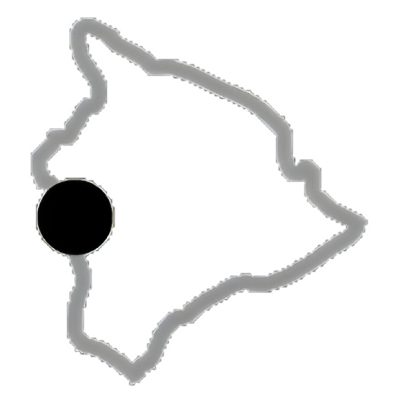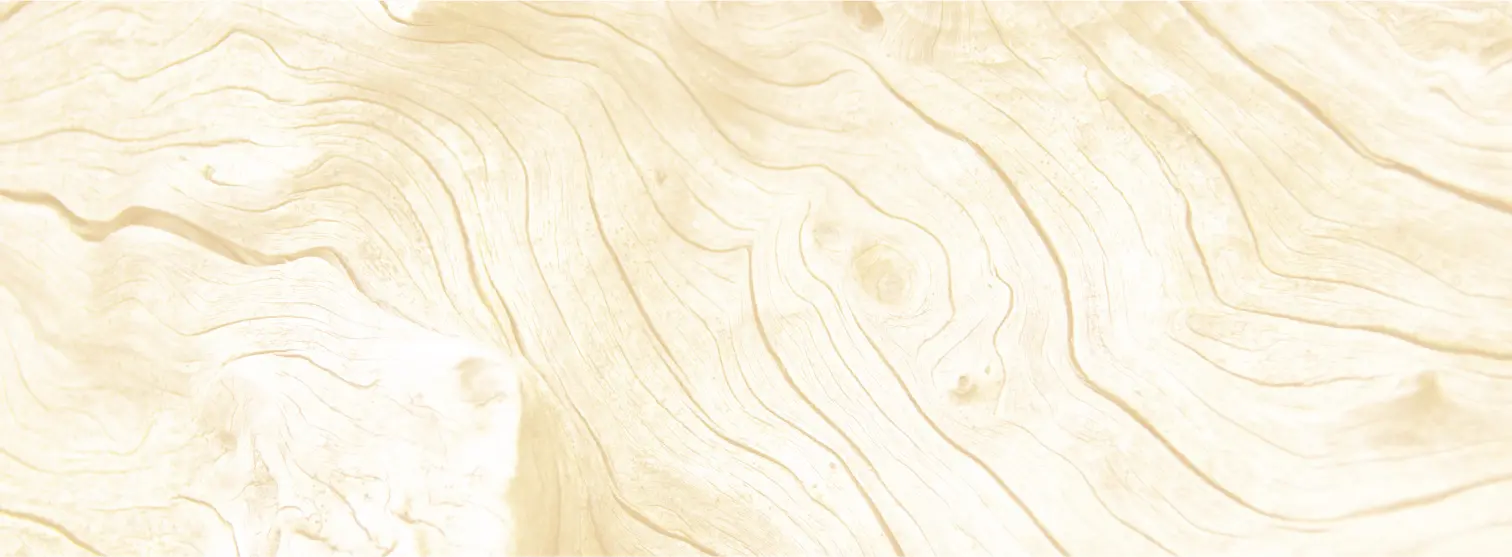Kohala mountain is formed by a volcano that appears to have ceased activity 250,000 years ago. Over time, by wind, waves, and wings, spores of ferns, fungi, lichen, and mosses fluttered down on it. Winged creatures drifted in, transporting seeds. Slowly these life forms established themselves. A biodiverse ecosystem developed in balance with its surroundings to maintain a healthy watershed, essential to the survival of those who had come. In early Hawaiian times, most of the land was forested.
Situated on Kohala’s lower slopes, sheltered from fierce rainstorms but seldom suffering extreme aridity, Halawa evolved over the centuries as a fertile land ideal for settlement. When the Hawaiian people arrived in their canoes, perhaps as early as 300 C.E., they brought trees and plants for farming. Later, Western settlers brought in commercial agriculture. Sugar cane and exotic species came to the land.
Today, the trees of Halawa supporting Kohala Zipline are standing tall to tell the story.


